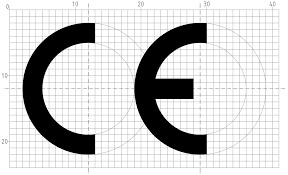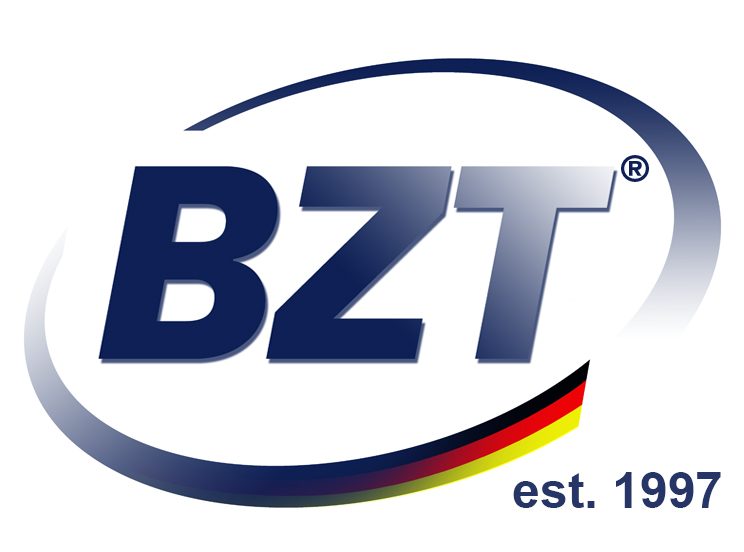CE-Marking MDR
The assessment of the conformity of a device for CE marking (Conformité Européenne, or European Conformity) varies according to the risk class for both MDs and IVDs. Apart from the risk classification, certain features may influence the conformity assessment procedure, for example when an MD is required to be sterile, or an IVD is designed for use by patients.
For MDs, all Class IIa, IIb and III devices, as well as some specific Class I devices, require the intervention of a Notified Body (MDR Article 52(7)(a) [‘Devices placed on the market in sterile condition, to the aspects relating to establishing, securing and maintaining sterile conditions’], (b) [‘Devices with a measuring function, to the aspects relating to the conformity of the devices with the metrological requirements’], (c) [‘Reusable surgical instruments, to the aspects relating to the reuse of the device, in particular cleaning, disinfection, sterilization, maintenance and functional testing and the related instructions for use’] MDR Article 52 and MDR Annexes IX, X and XI describe the different assessment routes according to the class of the device. In some cases, manufacturers can choose their conformity assessment route from several options described in the Regulation.
There is a new clinical evaluation consultation procedure for Class III implantable devices and certain Class IIb devices, to be carried out by an independent expert panel. The Notified Body will have to take into consideration the scientific opinion expressed by the expert panel (MDR Article 54).
CE-Marking IVDR
For IVDs, most Class A devices can be self-certified by their manufacturers unless they are sold sterile. Devices in Classes B, C and D will require a conformity assessment by a Notified Body.
The conformity assessment of Class D devices will require the involvement of an EU Reference Laboratory designated for that type of device to verify the performance claimed by the manufacturer and compliance with the applicable Common Specifications (IVDR Article 48(5)). For innovative Class D devices where no Common Specifications exist, an independent expert panel must provide its views on the performance evaluation report of the manufacturer (IVDR Article 48(6)).
You can find the Notified Bodies designated under the MDR and IVDR, as well as the scope of devices for which they are designated, on New Approach Notified and Designated Organizations [‘NANDO’]. For more information refer to the contact points of the competent authorities of your country.

Supply Chain Traceability and Unique Device Identifiers (UIDs)
A completely new feature of the Regulations is the system of Unique Device Identifiers (UDIs) (MDR Article 27 and IVDR Article 24). This will enhance the identification and traceability of devices.
The UDI will allow all stakeholders to access basic information on devices through the European Database on Medical Devices (EUDAMED).
Each MD or IVD and, as applicable, each package will have a UDI composed of two parts. The first part is a device identifier (UDI-DI) specific to a manufacturer and a device. The second part is a production identifier (UDI-PI) – such as a lot number or a serial number – to identify the unit of device production and, if applicable, the package. Every level of packaging will be uniquely identified.
For both Regulations, the deadline for assigning UDIs is the respective DoA. However, the obligation to affix the UDI on the labelling will be implemented in three stages. This means that, depending on risk class, some devices may not yet bear a UDI at the DoA (MDR Article 123(3)(f) and (3)(g); IVDR Article 113(3)(e)).
Traceability
Distributors and importers shall co-operate with manufacturers or Authorised Representatives to achieve an appropriate level of traceability of devices. They must keep the UDIs for Class III implantable devices, preferably by electronic means. The obligation to keep UDIs for these devices also applies to health institutions, and Member States may extend this obligation on health institutions to other devices as well (MDR Article 27(9) and IVDR Article 24(9)).
Transparency
The new EUDAMED database will include information on UDIs, the registration of economic operators (except for distributors) and devices, certificates, clinical and performance investigations, post-market surveillance, vigilance and market surveillance (MDR Article 33 and IVDR Article 30).
The information in EUDAMED will be uploaded by, and accessible to, everyone (including the general public), at levels depending on their access rights and the information they are responsible for uploading. The database will facilitate access to the regulatory documentation through the UDI, providing access to the certificates covering the devices.
EUDAMED will also be used by manufacturers to report incidents, and as a platform for EU/EEA authorities to cooperate and exchange information.
Directives and Regulations
BZT-AR Services includes the Directives and Regulations below:
Market Surveillance & Compliance
EMC Directive
Radio Equipment Directive
General Product Safety
Low Voltage Directive
Machinery Directive
Medical Devices Regulation
In Vitro Diagnostic Medical Devices Regulation
Active Implantable Medical Devices
Measuring Instruments
Non-Automatic Weighing Instruments
Personal Protective Equipment
Toy Directive
RoHS Directive
Chemical Substances REACH
WEEE – Waste Electrical & Electronic Equipment
Pressure Equipment Directive
ATEX Directive
Ecodesign Directive
Construction Products Regulation
Market Surveillance Regulations
List of CE Legislation & Standards
